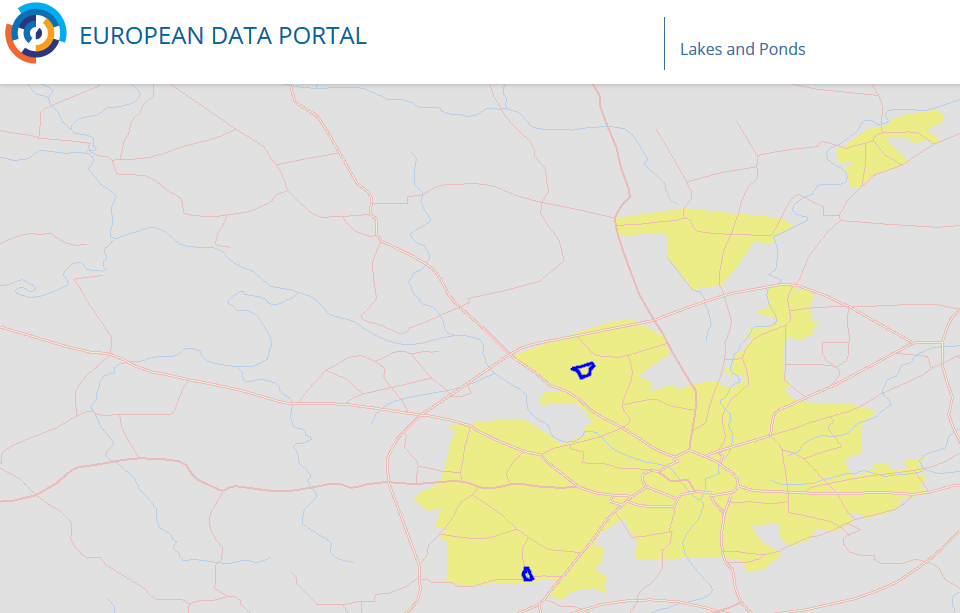How can Open Data increase quality of life?
Some practical examples of Open Data and leisure
While for some of us life in a city is associated with diversity, liveliness, and fast pace, for others living in a city can represent a real stress factor. This is an aspect that many local governments are trying to tackle in their quest to increase the quality of life of the city inhabitants. Where does Open Data come in in this scenario and how can it help make life in the city more pleasant?
When we look at the most popular categories in terms of page views on the European Data portal, the categories 'Regions & Cities' and 'Transport' rank highest in terms of page views. The latter category offers practical information for city inhabitants including public transport schedules, information on disruption of public transport and planned road works. This is an example on how Open Data can make life in cities more pleasant by helping commuters plan alternative routes for their journeys to avoid unnecessary waiting time on the road. As shown by the Creating Value from Open Data Report, using Open Data in traffic can save 629 million hours of unnecessary waiting time on the road in the EU.
A great example of citizen-friendly approach is given by the City of London Transport Agency (Transport for London - TfL) that for example provides Google with data regarding planned road works and disruptions in public transport before the datasets are published on the TfL website, in order to ensure a timely embedding of such information into the Google maps service. In addition, for those cycling through the big city, London also made its data on road inclination available, thus enabling cyclists to plan their route while having all the information they need.

The same citizen-friendly approach can also be observed in the German city of Wuppertal, which not only opened up its data regarding cycling lanes, pavements and road inclination, but is also providing information on lighting on given routes. This data is being harvested by the European Data Portal and is being updated on a monthly basis. Going one step further, the data was picked up by applications such as mapmyride which provides cycling 'aficionados' with various cycling routes in Wuppertal, including information of the soil elevation, the difficulty of the route and also introduced gamification elements to its website by providing challenges, badges and awards to the application users.

With summer knocking at the door in many cities, Open Data on lakes and ponds in cities also provides a great source of recreation from the stress of the city life, especially to those new to a city who are in search of a (sun)bathing spot nearby. The city of York leads by example in this regard by opening up its data on lakes and ponds.

Do you want to explore what data your city has made available so far? Then visit the European Open Data portal and discover the available datasets. Want to find out more on how cities across Europe use Open Data to improve life quality of their inhabitants? Then check out the recently published European Open Data report on Open Data in Cities.
